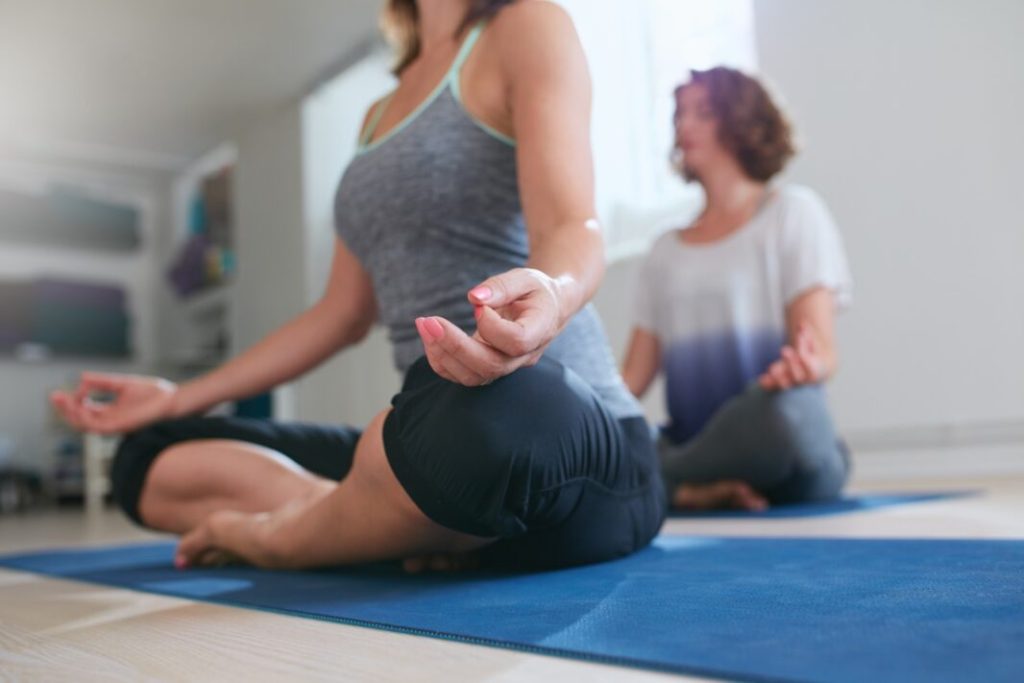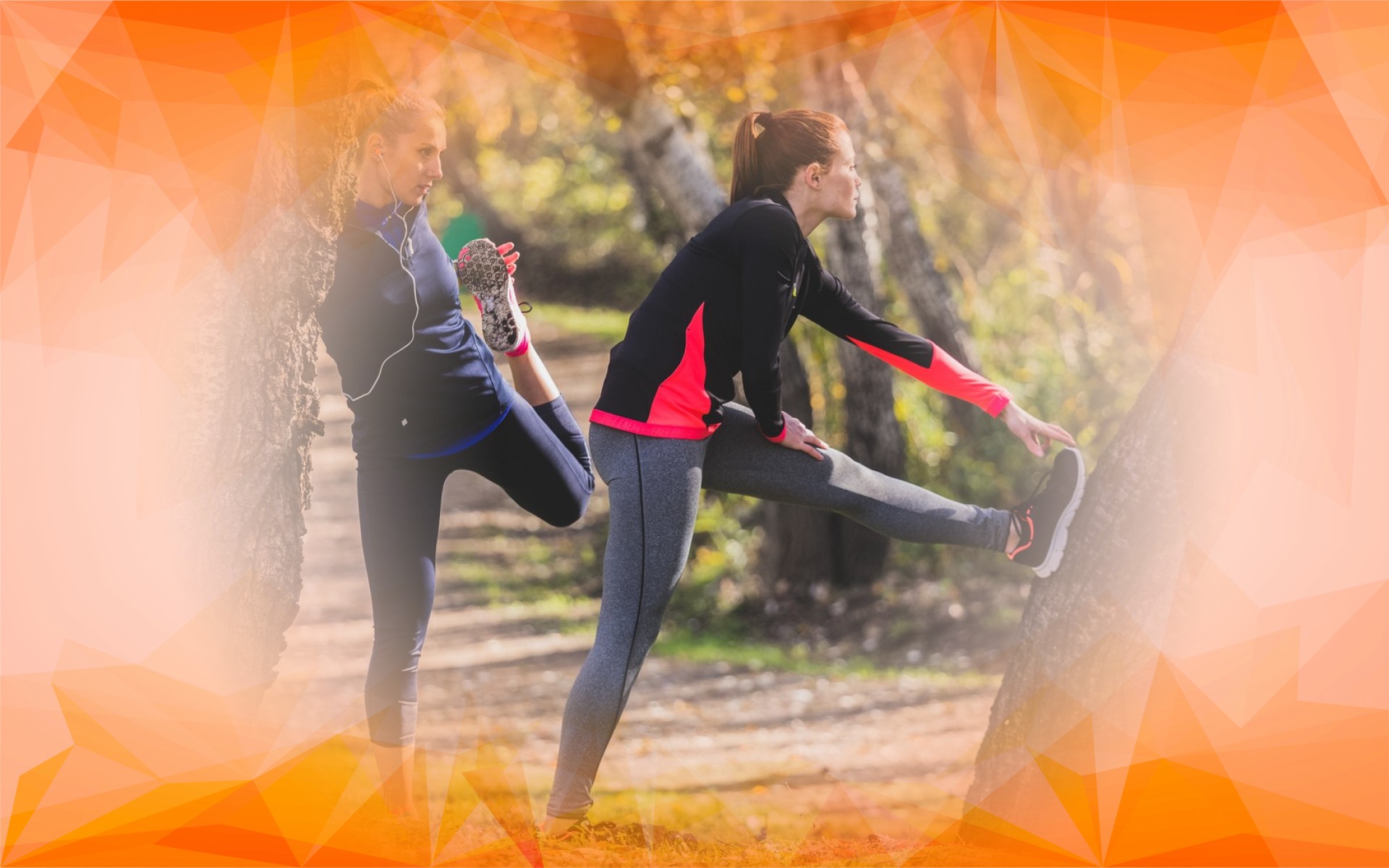Knee osteoarthritis is a widespread problem among older adults, often causing ongoing pain and making it harder to move around. These symptoms can seriously limit independence and enjoyment of life. While surgery can help, it’s not suitable or desirable for everyone. Thankfully, a variety of less invasive treatments can ease pain and improve knee function —without the risks of surgery and with much shorter recovery times. In this article, we explore some of the most popular and effective minimally invasive options, with a special focus on Arthrosamid , a newer injectable therapy . Our goal: to give older adults and their families clear, straightforward information to help them make confident decisions about caring for their knees.
What Is Osteoarthritis and Why Consider Minimally Invasive Treatments?
Osteoarthritis is a condition where the protective cartilage—the smooth, cushioning surface that lets joints move easily—gradually wears away. When it happens in your knees , you can experience pain, stiffness, swelling, and trouble moving around. Osteoarthritis becomes more common as we age, thanks to years of everyday activity adding up.
For many older adults, the main goal is to manage these symptoms as effectively as possible, while staying active and independent. That’s why minimally invasive treatments have become so popular—they’re typically safer, cause less discomfort, and require less recovery time than surgery. Most importantly, they help reduce pain and keep you moving, often with less disruption to daily life.
A Quick Look at Non-Surgical Treatments
Let’s look at the main non-surgical options for treating knee osteoarthritis in older adults. These include injectable therapies like Arthrosamid , platelet-rich plasma (PRP), and hyaluronic acid injections . We’ll also discuss supportive options like unloader knee braces , physical therapy , and walking aids. For each, we’ll examine how well they work, how long the benefits last, safety considerations, and their suitability for seniors.
Arthrosamid: What Is It and How Does It Work?
Arthrosamid is a newer, promising option for people with knee osteoarthritis . It’s a soft, synthetic gel that’s injected into the knee . Its job is to act as a lasting cushion inside the joint, reducing friction and helping absorb shock—making movement more comfortable.
The procedure involves a single injection done by a specialist, with little downtime afterward. One of Arthrosamid ’s biggest benefits is that it can provide relief for a year or longer—so you might need fewer doctor visits and less frequent procedures. For many older adults, this long-lasting effect and convenience are major advantages.
Because Arthrosamid is designed to work well with your body’s tissues, the risk of side effects or allergic reactions is quite low. This safety profile is especially important for seniors, who may be more sensitive to complications from treatment.
How Do PRP and Hyaluronic Acid Compare?
Platelet-rich plasma (PRP) injections use a small amount of your own blood, which is processed to concentrate the natural healing platelets. This mixture is then injected into the knee , where it may help decrease inflammation and promote tissue repair . PRP can reduce pain and improve movement , but results can vary from person to person—especially in seniors, whose natural healing processes may not be as robust.
Hyaluronic acid injections replace some of the natural lubricating fluid in your knee, helping your joint glide more smoothly. These injections are widely used and considered safe, but their effects usually last just a few months, so repeat treatments are often needed to keep symptoms at bay.
When comparing these therapies, Arthrosamid tends to provide longer-lasting relief in most people, while PRP and hyaluronic acid may offer shorter-term improvement. However, PRP and hyaluronic acid are good alternatives for those who want or need different options, or who may not be candidates for Arthrosamid .
Supporting Treatments: Braces, Exercise, and Walking Aids
Besides injections, there are other valuable ways to manage knee pain and maintain mobility:
- Unloader Knee Braces : These braces shift pressure away from the most damaged part of your knee , providing significant relief for many people with arthritis on one side of the joint.
- Physical Therapy: Custom exercise plans help strengthen the muscles around the knee , improve flexibility, and stabilize the joint. Over time, this can reduce pain and improve your ability to get around.
- Assistive Devices: Canes, walkers, and other devices help you balance and stay steady, reducing the risk of falls—a crucial concern for seniors.
Many people find that combining these approaches gives the best results and helps preserve independence.
Comparing Your Options: At a Glance
TreatmentEffectivenessHow Long Relief LastsCommon RisksBest for Older Adults
Arthrosamid
High
12+ months
Minimal; low allergy risk
Excellent – long-lasting, low upkeep
PRP
Moderate
3–6 months
Mild soreness; variable effect
Good – results may vary
Hyaluronic Acid
Moderate
3–6 months
Mild swelling; repeat injections
Good – widely available, safe
Unloader Knee Braces
Moderate
As long as worn
Skin irritation , poor fit
Very good – non-invasive, ongoing support
Physical Therapy
Moderate to High
Ongoing with exercise
Muscle soreness
Excellent – improves strength , movement
Assistive Devices
Supportive
As needed
Minimal risks
Essential for safety, fall prevention
Real-Life Scenarios: Choosing What’s Right for You
Here are a few situations that might help you picture which treatments could work best:
- Staying Active with Moderate Knee Pain: Arthrosamid ’s long-lasting effects, combined with a physical therapy program, may help you stay active with fewer interruptions.
- Avoiding Injections or Medical Procedures: Using an unloader knee brace and a walking aid, plus gentle exercise, could help you manage pain safely and maintain independence.
- Preferring Natural Treatments: PRP injections , alongside physical therapy, are an option—just remember that results may vary.
- Needing Quick or Temporary Relief: Hyaluronic acid injections can provide short-term comfort, especially as an initial step.
Ultimately, the best approach depends on your health needs, personal preferences, and lifestyle.
Tips for Talking with Your Healthcare Provider
When discussing options with your doctor, make sure to ask how long each treatment typically lasts, possible side effects, costs, and what recovery will look like. Let your care team know your priorities—such as wanting to stay active, avoid surgery, or limit medications—so they can suggest the best fit for you. Being open about your goals can lead to better satisfaction and outcomes.
Final Thoughts
For older adults with knee osteoarthritis , today’s minimally invasive treatments offer real hope for pain relief and better movement—often without the need for major surgery. Arthrosamid stands out for its long-lasting comfort and simple procedure, but PRP, hyaluronic acid , knee braces , physical therapy , and walking aids each have important roles depending on your needs and preferences.
With clear information and advice tailored to you, seniors and their families can find the right mix of treatments to ease pain, regain mobility, and maintain independence. There’s every reason to feel optimistic about managing knee osteoarthritis without surgery.
References
Zhang, F., Zhang, J., & Wang, T. (2023). RETRACTED: Meta‐analysis of minimally invasive arthroscopy with sodium hyaluronate for wound healing of knee osteoarthritis treatment in the elderly. International Wound Journal, 21(4). https://doi.org/10.1111/iwj.14512
Jenny, J.–Y. (2017). Minimally invasive unicompartmental knee arthroplasty. European Journal of Orthopaedic Surgery & Traumatology, 28(5), 793–797. https://doi.org/10.1007/s00590-017-2107-5
Schindler, O. (2007). Minimally invasive surgery of the knee. Journal of Perioperative Practice, 17(11), 535-542.
Frequently Asked Questions
Arthrosamid® injections at AMSK Clinic provide long-lasting relief from osteoarthritis symptoms with just a single treatment. This minimally invasive procedure is performed by expert clinicians and offers reduced downtime, making it highly suitable for older adults seeking to stay active without surgery.
AMSK Clinic focuses on providing personalised care by offering a range of minimally invasive therapies. The team carefully considers each patient’s goals, activity level, and overall health to recommend treatment plans that best maintain mobility, independence, and a high quality of life.
Yes, AMSK Clinic also offers platelet-rich plasma (PRP) and hyaluronic acid injections. These alternatives are suitable for patients who prefer natural therapies or need temporary relief. The clinicians provide guidance on the pros and cons of each option, ensuring a truly personalised approach.
Alongside injections, AMSK Clinic recommends supportive therapies such as customised physical therapy, unloader knee braces, and walking aids. Combining these treatments can further reduce pain, enhance mobility, and help patients remain safe and independent in daily life.
AMSK Clinic stands out due to its extensive experience in non-surgical osteoarthritis care, a patient-focused approach, and access to the latest therapies like Arthrosamid®. The clinic’s multidisciplinary team ensures each patient receives clear information, expert support, and effective treatment choices.




